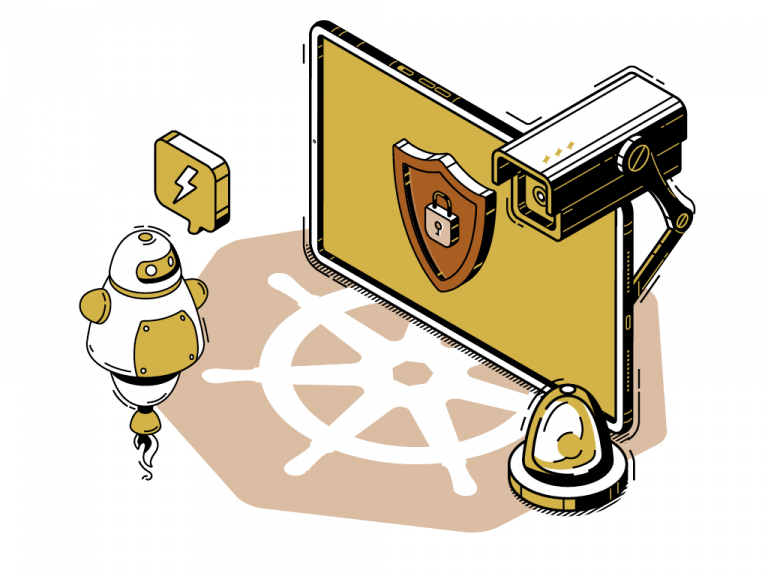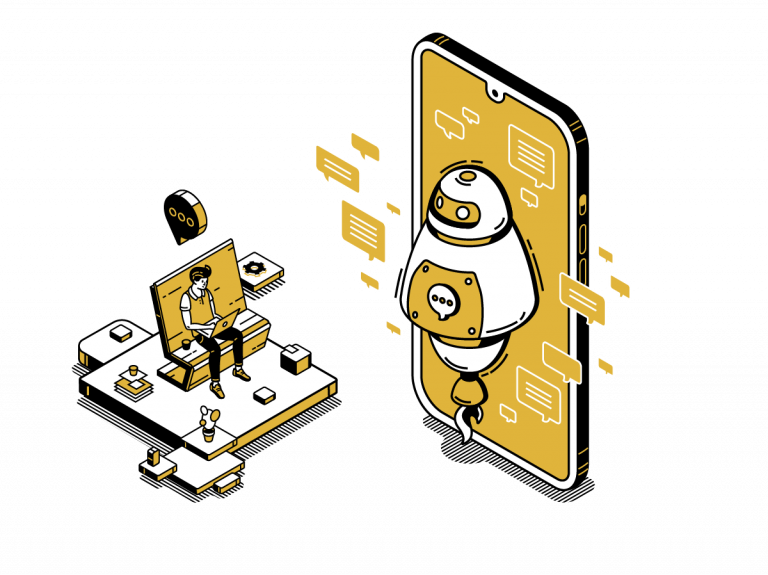Disasters – The Kubernetes Cluster DIY Pt. 3

A Kubernetes cluster, despite its robustness, is not immune to certain disasters that can have severe consequences. In this article, we will explore three potential disasters and discuss ways to mitigate their impact. However, mere implementation is not enough: With fire drills every aspect needs to be tested regularly.
Data Loss

Data loss can occur due to various factors:
software failures
misconfigurations
accidental/intentional deletions
ransomware
Such incidents can lead to critical data being irretrievably lost or corrupted. Backups are a good way to prevent data loss and one powerful tool to manage them is Velero. Velero enables scheduled backups of entire namespaces within a Kubernetes cluster, ensuring that valuable data is regularly backed up. Additionally, Velero offers integration with Google Cloud Platform (GCP), allowing backups to be securely uploaded to GCP storage for reliable and offsite data protection.
Furthermore, integrating Grafana with Velero provides the ability to monitor and receive notifications in case of backup creation failures. This allows for proactive identification and resolution of any issues that may arise during the backup process.
Network outage
Network outages can be either artificial, resulting from misconfigurations or infrastructure failures, or caused by Distributed Denial of Service (DDoS) attacks targeting the cluster.
To address artificial network outages, it is crucial to ensure that proper network configurations and redundancy mechanisms are in place. Regular audits and proactive monitoring can help identify and resolve any network-related issues before they cause significant disruptions.
Mitigating the impact of DDoS attacks requires a comprehensive defense strategy.
One approach is to leverage provider-based DDoS protection services offered by cloud providers, which can detect and mitigate attacks, ensuring continued availability and performance of the Kubernetes cluster.
Protection against villainous IPs and botnets

Safeguarding a Kubernetes cluster from malicious IPs and botnets is essential to maintain security and prevent unauthorized access or attacks. CrowdSec, when integrated as a Traefik middleware, provides an effective solution. CrowdSec is a crowdsourced cybersecurity solution that leverages community-driven intelligence to identify and block villainous IPs and botnets.
By incorporating CrowdSec into the cluster’s traffic routing and security architecture, potential threats can be detected and mitigated in real-time, bolstering the overall security posture of the cluster.
Links & further reading:

Alptuğ Dingil
Alptuğ joined Inspired in 2022 as software engineer. Besides his customer projects he's always looking for a new challenge. So lately he got engaged with Kubernetes and the configuration of a DIY cluste and got certified as a Google professional cloud architect.
Kürzliche Posts

The LangChain Effect
Simplifying AI with Modular Tools and Intelligent Agents LangChain stands out as a revolutionary open-source framework that enables

Evolving Cybersecurity
The Shift to Continuous Threat Monitoring In today’s rapidly evolving digital landscape, diverse cybersecurity threats are increasing. Organizations

Bridging The Gap
Effective alliances between UI Designers and Software Developers Effective collaboration between UI designers and software developers is absolutely

Pro(mpt) engineering: Suprisingly complicated
Prompt engineering expands interaction with AI tools beyond simple commands. It utilizes natural language to fully leverage the